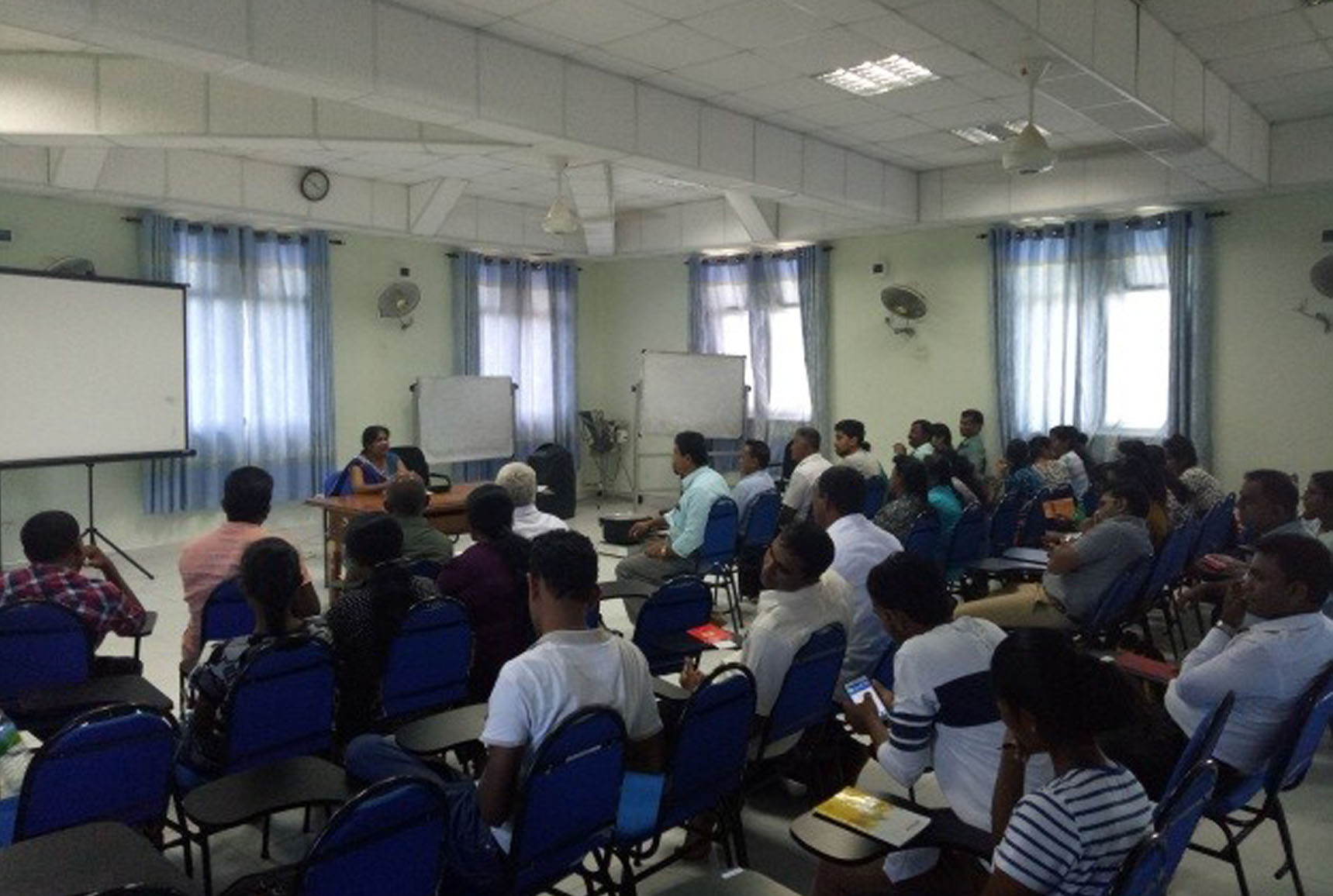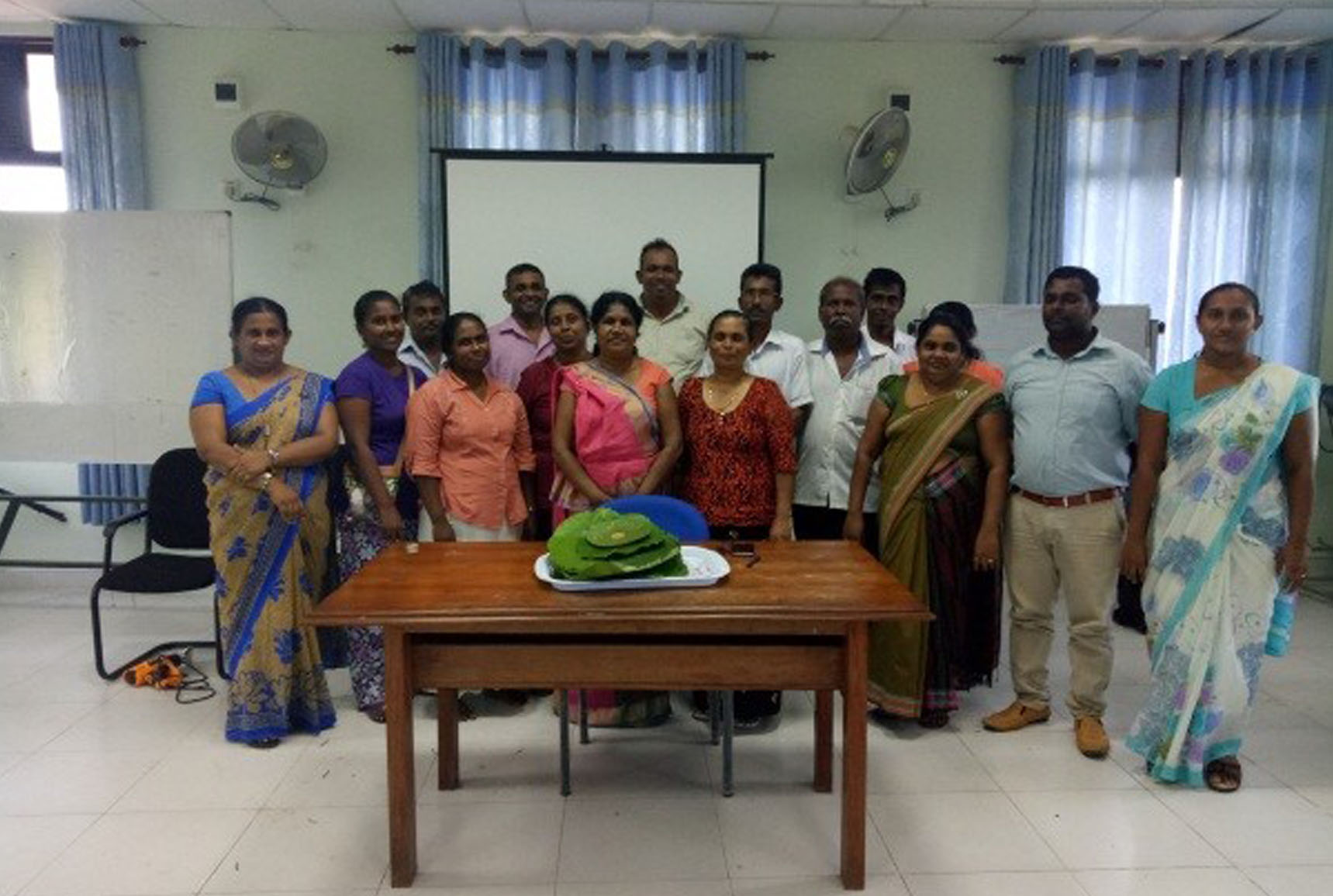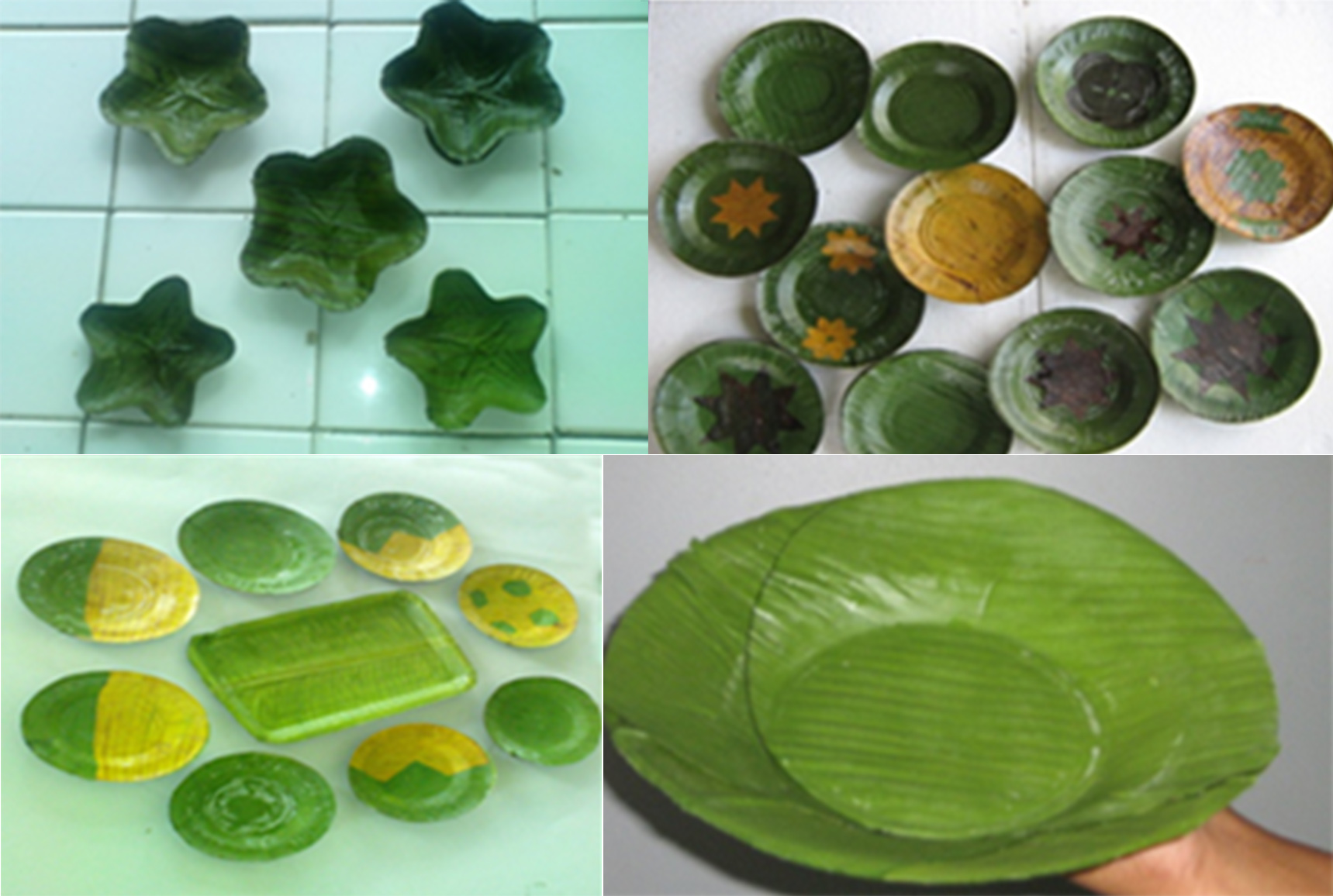
Waste to wealth from Banana
Banana is the major fruit crop grown in Sri Lanka and it represents nearly 58% of the total extent of fruit crop cultivation. Banana gives a year-round production and can be grown up to 1500m in elevation. The total annual production of the crop is about 1.4 Mn tons and Banana can be cultivated as a commercial crop as well as a backyard crop. Although Banana are presently cultivated only for fruits, there is a greater potential exit for utilizing the entire plant especially leaves as an income-generating avenue.

Banana leaves can be used as a shelter, parasol, food wrapper, plates and also for decorations. In recent past, the attention of the public has been drawn on Banana leaves as a substitute for polyethylene sheets commonly known as “Lunch sheets”. Though we have been using Banana leaves as food wrappers since prehistoric period, they are used as instant food wrappers which are not durable, reusable or storable. Further, fresh banana leaves are not available to the majority lives in urban settlements. Present busy lifestyles of the people do not permit them to process fresh banana leaves as food wrappers in traditional manner for their take away meals. However, there is no doubt that everyone is willing to wrap their food in a banana leaf if there is an opportunity. Therefore, a technology has been developed to increase the shelf life of banana leaf as a food wrapper for nearly two months with proper packing and storing under refrigerated conditions.
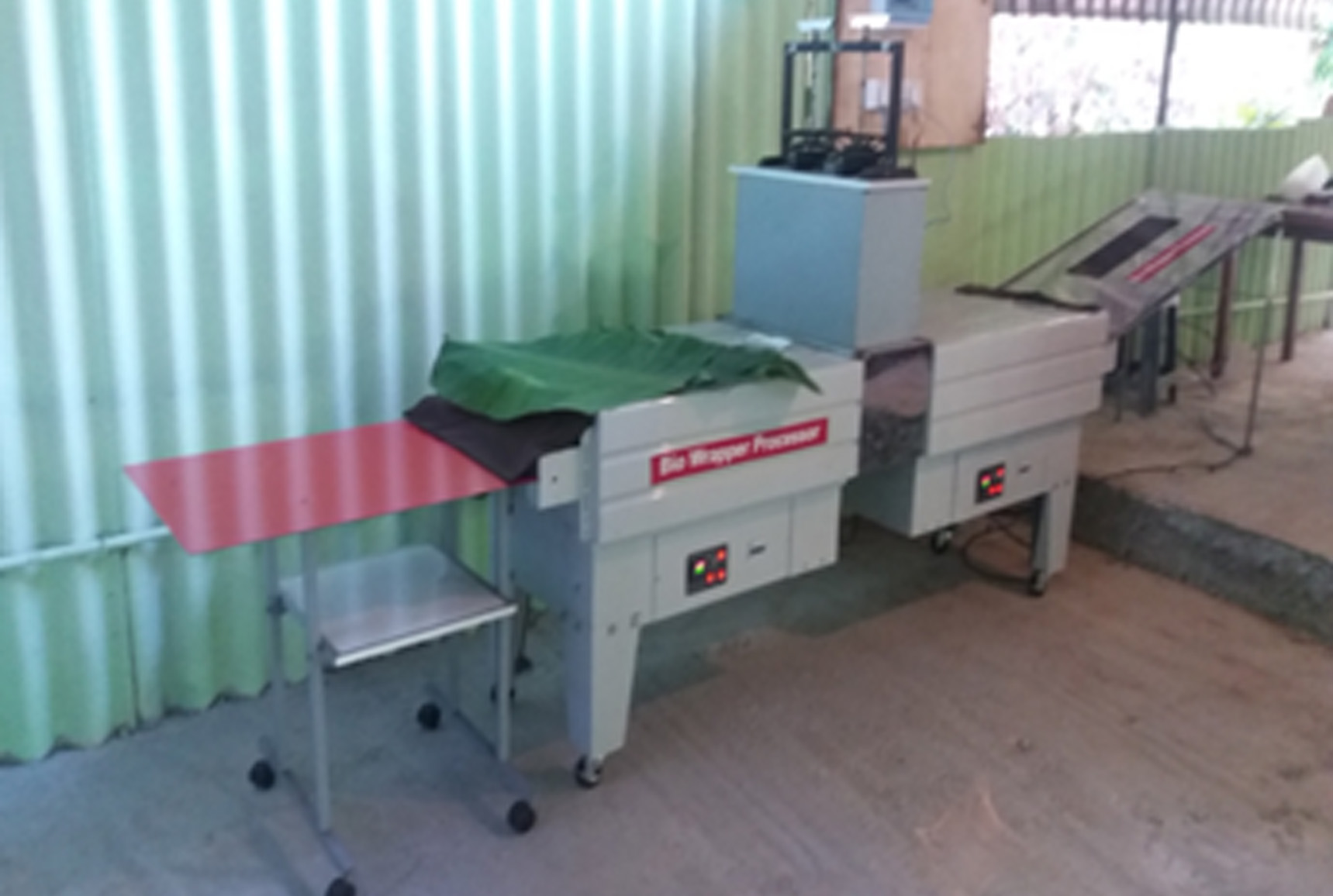
There are different techniques that can be practised for curing banana leaves on the domestic scale as well as on commercial scales. Bio wrappers can be produced Using hot water treatments, heat treatments, steaming, oven drying and hot air treatments as a cottage-level industry. The most important and interesting technique of curing banana leaves is using a machine which is more efficient and productive at a commercial scale. A machine can process around 10,000 wrappers per day including trimming leaves in plants, segmenting in into pieces and cleaning them before curing. The leftovers of banana leaves after producing wrappers can be fabricated into bio plates too. In addition, the ripened leaves, torn leaves, and dried leaves can also be used to produce plates that are really attractive at a glance. The particular machine that was developed is capable of producing both food wrappers and plates in one go playing as a dual-purpose machine. The cost of production of a wrapper from field to hand is 6/= rupees including all costs incurred for labour, electricity and packing materials.
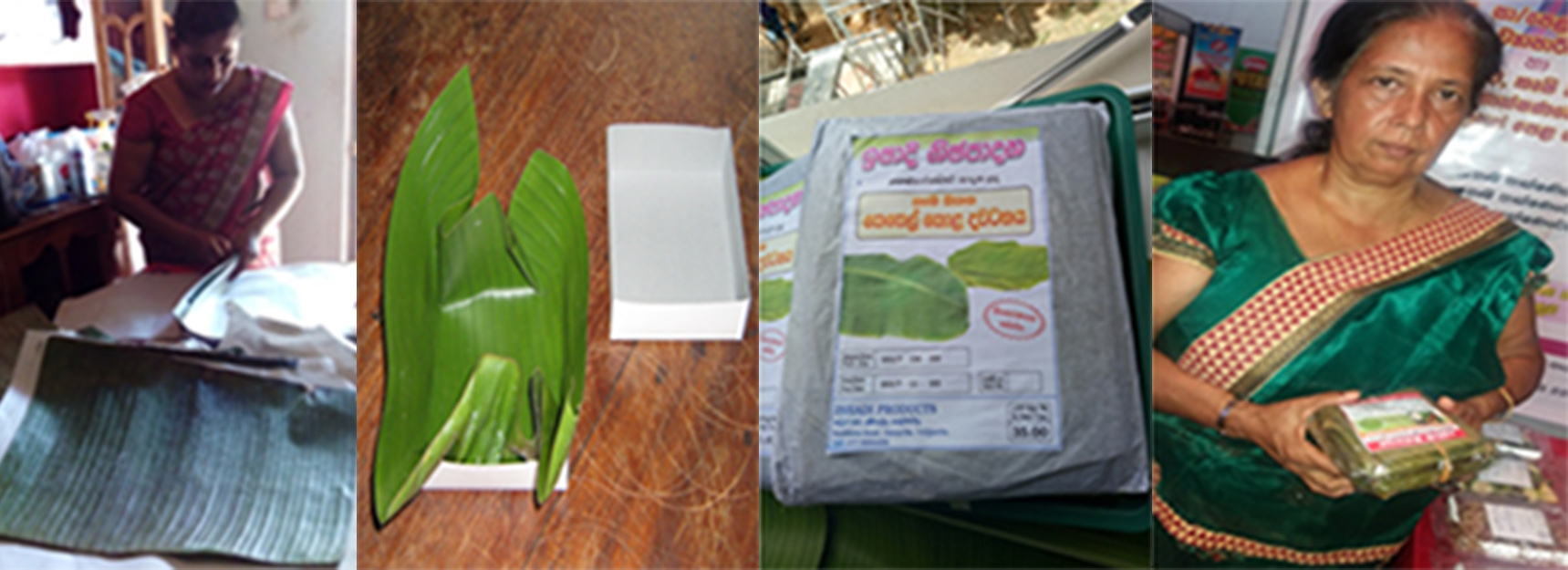
Contact for more details about the Bio plates with banana leaves
Dr SujathaWeerasinghe
Senior Lecturer, University of Colombo Institute for Agro Technology and Rural Sciences
Waligattha New Town, Hambantota.
